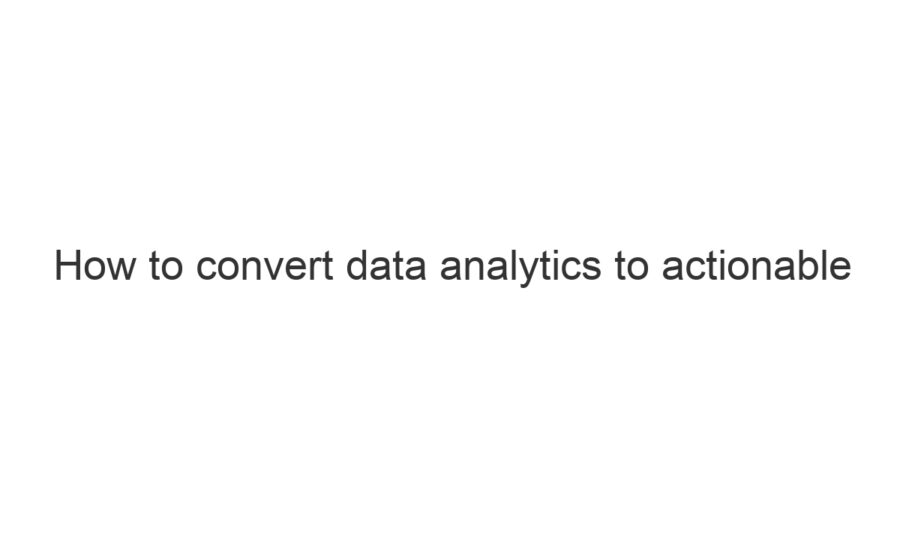The best approach to this, is to sit down and map out the customer journey. Where they start from through to where they end up. Note down their behaviors, and show this in a bit of a flow chart. Its no easy challenge but rest assured most marketers have faced this and it is addressable.
Then overlay that with the metrics you get at each step. This then, helps show how analytics is involved in the customer journey, whilst keeping the customer in focus. Which helps give your analytics context.
It’s at this point, you need to go, alright, what should I do with this data? You need to do a bit of an audit of the data.
Questions to answer:
- Are there additional things we should be measuring?
- What metrics are the most salient? Which could we discard?
- What is the best performing part of the customer journey?
- What is the lowest performing?
- How do we compare against benchmarks?
- How are we trending, are we going up or down?
Reviewing these, will naturally uncover areas that need attention. And then you can go and address those. That’s a very straightforward way of taking your data and converting it to actionable metrics. Your process needs to be beyond just collecting that data and putting some work into seeing what it means for the experience the customer faces.

|
|---|



